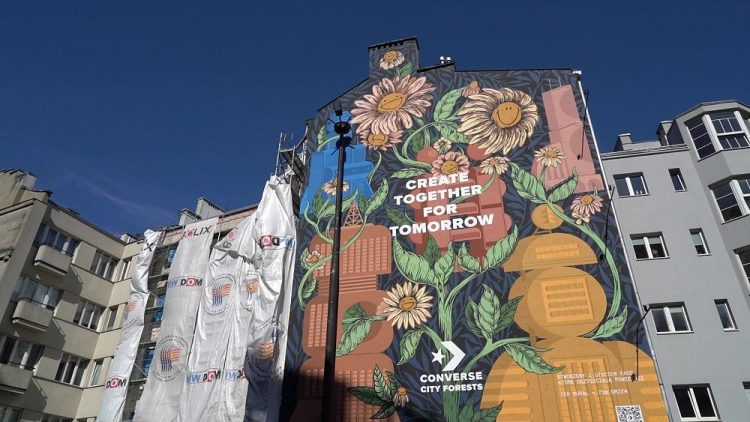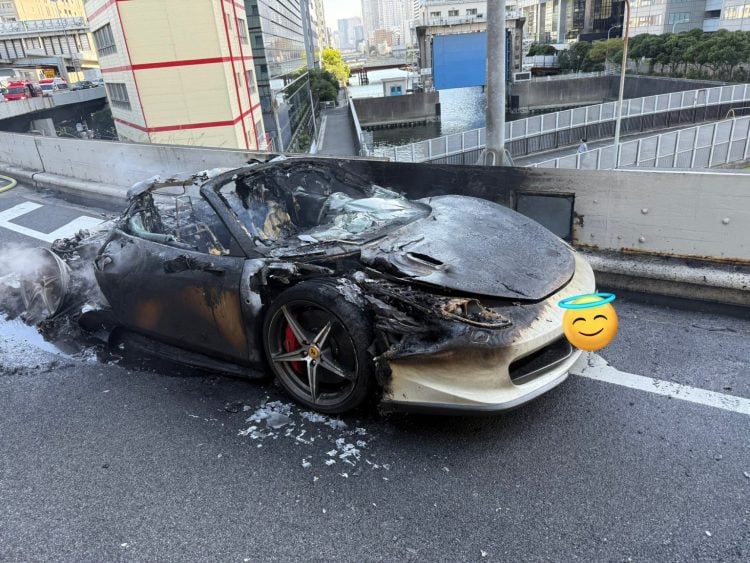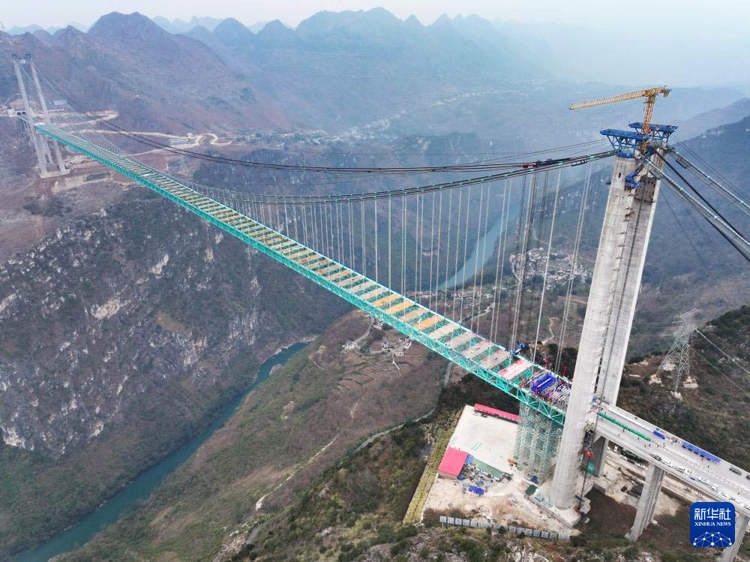Who would have though that simply painting a mural on the side of a building would one day have the same pollution-cleaning effect as planting 780 trees?
Organized by the sportswear company Converse as part of their City-Forests campaign, the latest mural in the Polish city of Warsaw is not only an aesthetically pleasing artwork, but also an ingenious way to tackle urban pollution. Painted using photocatalytic paint with titanium dioxide, on a building that faces the busy metro station Politechnika, the ingenious mural reportedly attracts airborne pollutants before converting them into harmless nitrates through a chemical process involving sunlight.

The paint, called KNOxOUT, reacts with nitrogen oxides (NOx), created by cars, factories and power stations when they come in contact with the surface of the mural. Sunlight acts as a catalyst for a process that turns the nitrogen oxides into water, small amounts of CO2 and calcium nitrate. The calcium nitrate is washed away when it rains, leaving the canvas free to attract more pollutants.

Warsaw became the third city, after Bangkok and Belgrade, to host an eco-friendly mural like this, but more ‘City Forest’ murals are set to appear in Lima, Sydney, Jakarta, Manila, Sao Paulo, Santiago, Johannesburg, Melbourne, Bogota, and Panama City.

The main concept of Converse’s City Forest project is the idea of ‘planting trees’ where they might not otherwise be able to grow. Polish artists Maciek Polak and Dawid Ryski designed the image, but the actual painting was done by local artist hub Good Looking Studio.

“My vision of a better future was well reflected on our project. I see it as a symbiosis of the city and nature, complementing each other perfectly,” Dawid said.

The three murals created so far reportedly have the air cleaning capacity of 1,470 trees, which, if true, is pretty darn impressive. That begs the question, why is this high-tech paint used a lot more often?






